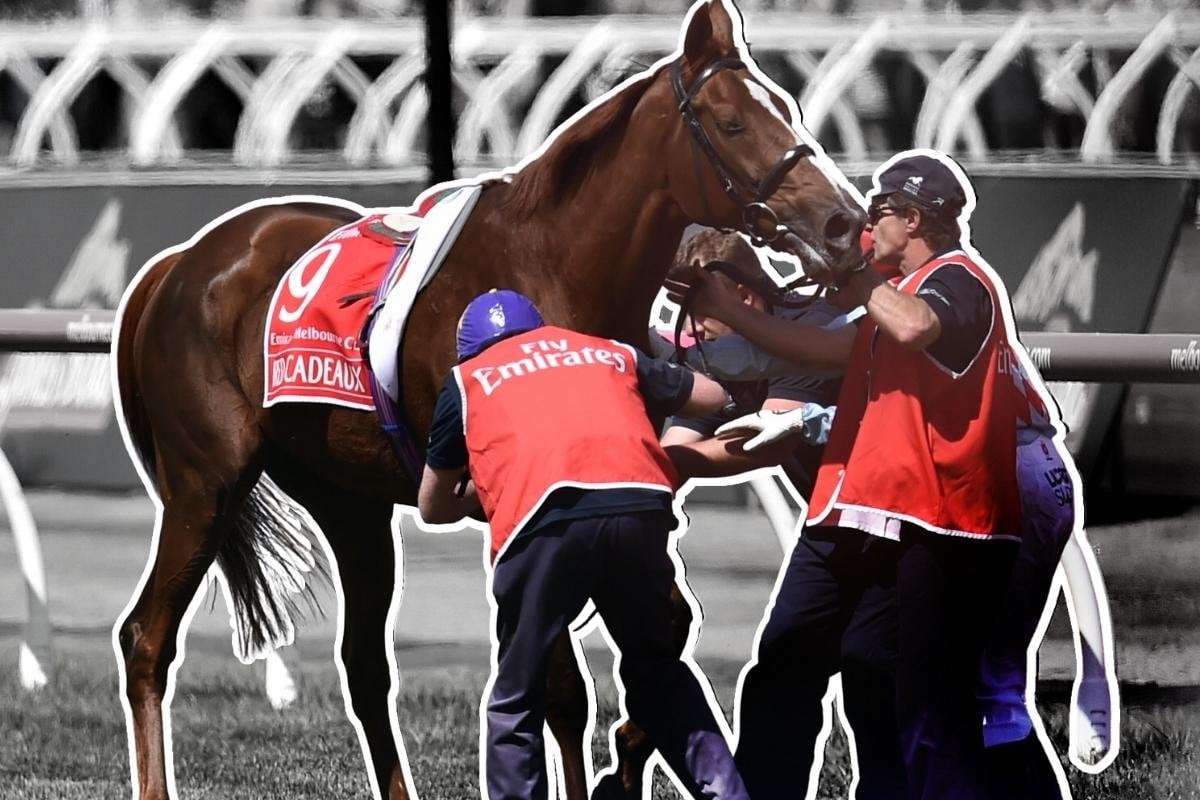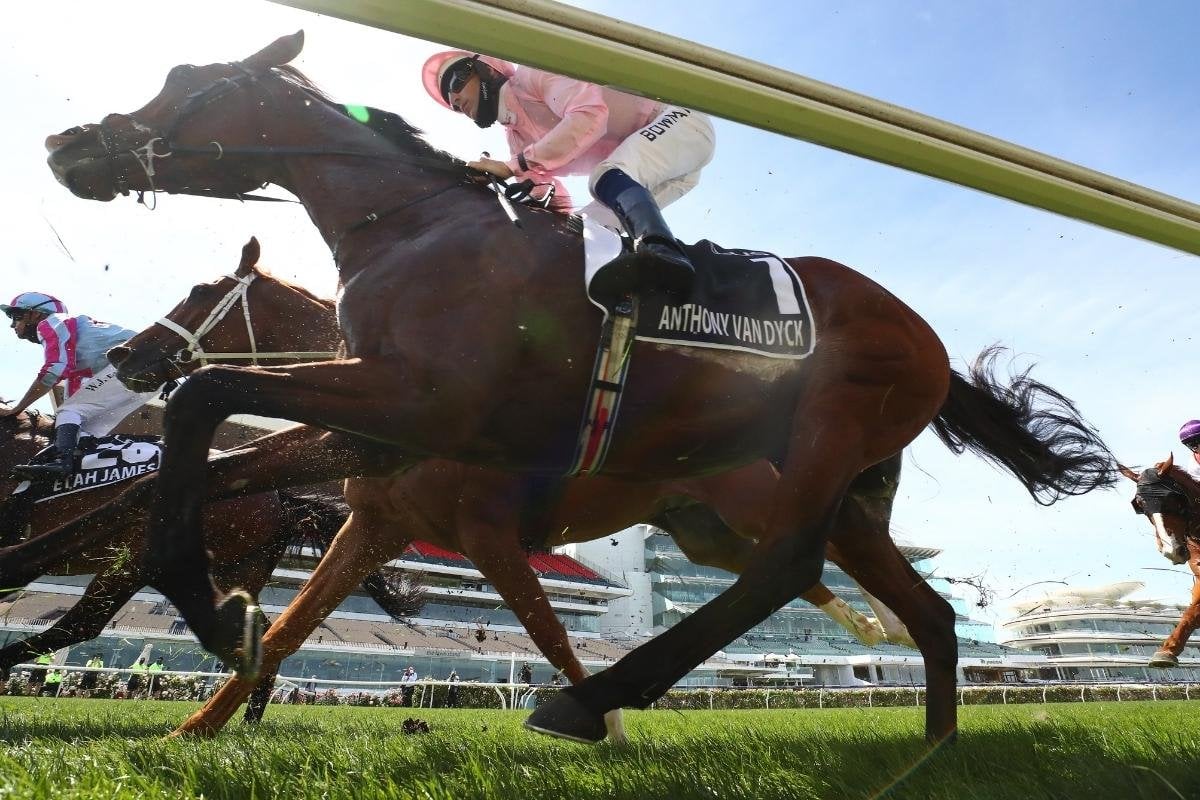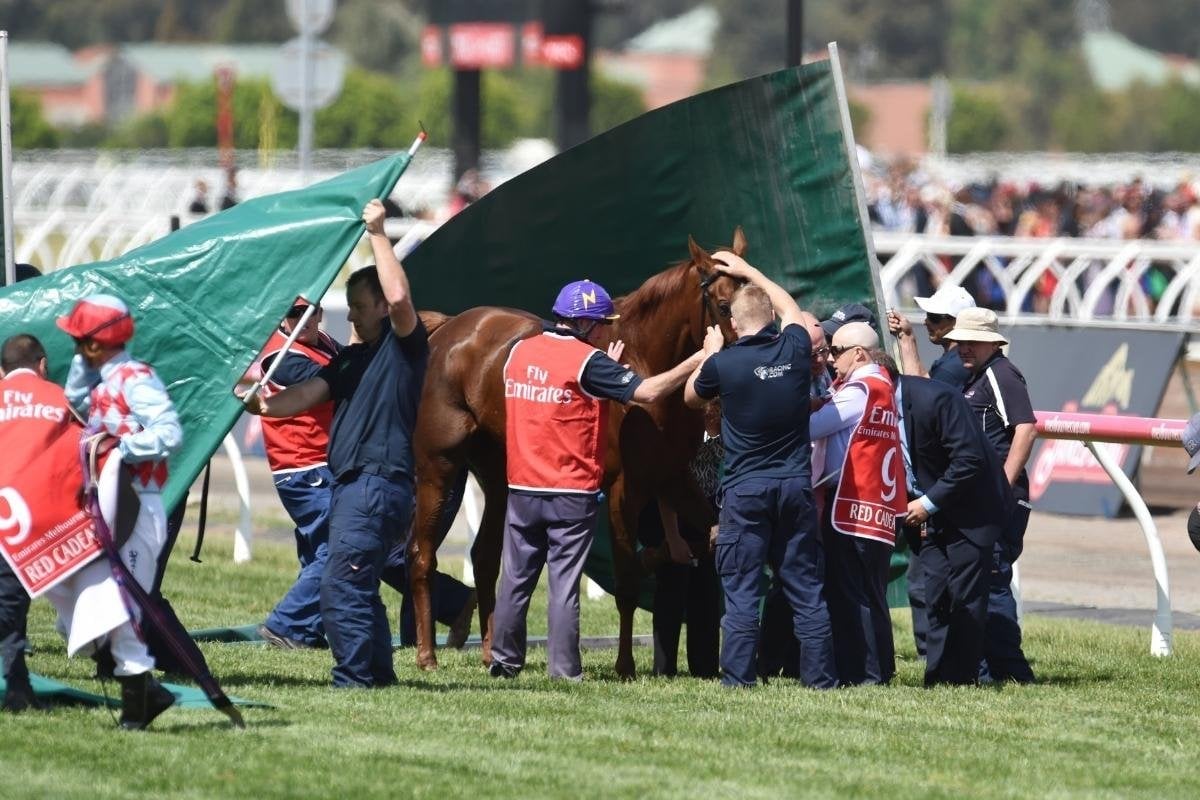
The Melbourne Cup is a national institution; one of the many sporting events we Australians have tied into our identity.
People with no interest in racing tune in to watch, non-gamblers have a flutter, and workplaces pause for an afternoon (or at least 15 minutes) of celebration.
But in the past decade, there's a deep sense of discomfort seeping into the narrative around the Cup. Because as well as being by far Australia's most popular horse race, it's also one of the deadliest.
Today's Melbourne Cup was one of just three since 2013 to pass without a fatality. Over the past nine years, seven horses have died as a result of injuries sustained while competing in the event. Seven.
The sight of track attendants rushing onto the turf at Flemington to erect screens around a felled horse has become a sadly routine part of 'the race that stops a nation'. Behind them, vets and trainers make hurried assessments that usually end with a lethal dose of anaesthetic being injected into the animal's neck.
With each fatality, the horse's name trends on social media, and animal-welfare-focused campaigns like #saynuptothecup earn more members.
But the death of Anthony Van Dyck in last year's race marked a particular turning point.
 Anthony Van Dyck is the highest-profile victim of the Cup. Image: Getty.
Anthony Van Dyck is the highest-profile victim of the Cup. Image: Getty.

Top Comments